Bosnia and Herzegovina is home to several remarkable museums that offer insights into the country’s past, art, and traditions. Here are some of the top museums in Bosnia and Herzegovina:Bosnia and Herzegovina is home to several remarkable museums that offer insights into the country’s past, art, and traditions. Here are some of the top museums in Bosnia and Herzegovina:
National Museum of Bosnia and Herzegovina
Located in the capital city of Sarajevo, the National Museum is one of the most prominent cultural institutions in the country. It houses a diverse collection of artifacts, artworks, and archaeological findings spanning from prehistoric times to the present day. The museum’s exhibits include items from the Neolithic period, ancient Illyrian and Roman artifacts, as well as displays on Bosnian medieval history, Ottoman rule, and more recent periods. The National Museum offers valuable insights into the cultural, historical, and artistic heritage of Bosnia and Herzegovina.
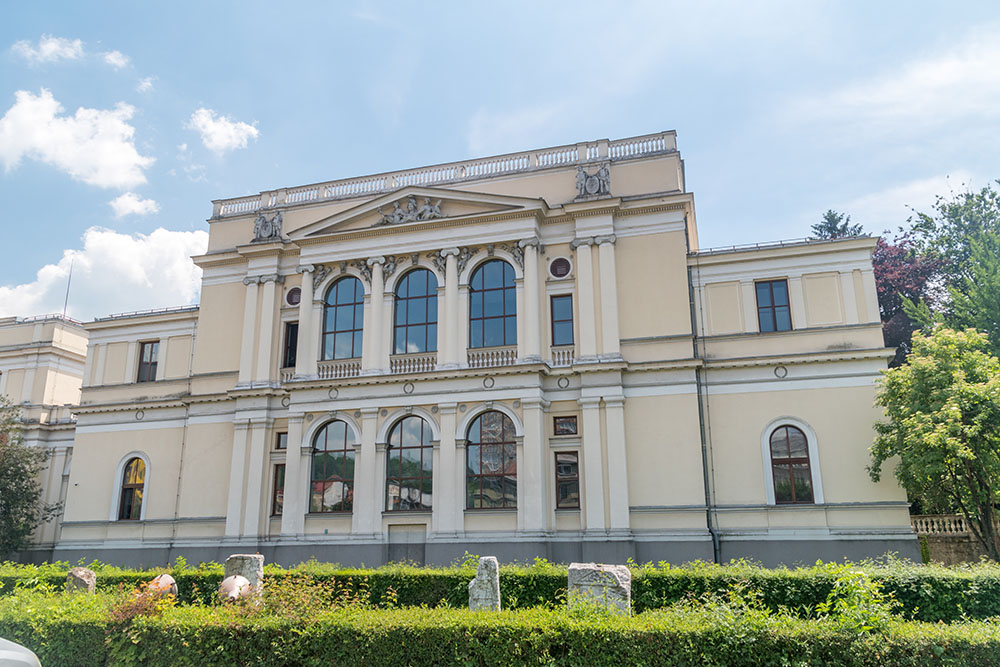
Sarajevo War Tunnel Museum:
This museum, situated near Sarajevo’s airport, commemorates one of the most significant events of the Bosnian War – the construction of the Sarajevo Tunnel. During the siege of Sarajevo (1992-1995), the tunnel served as a lifeline for the besieged city, allowing food, supplies, and humanitarian aid to enter and residents to flee. The museum offers visitors a chance to explore a section of the original tunnel, along with exhibits documenting the war’s impact on Sarajevo and its people through photographs, videos, and personal testimonies.
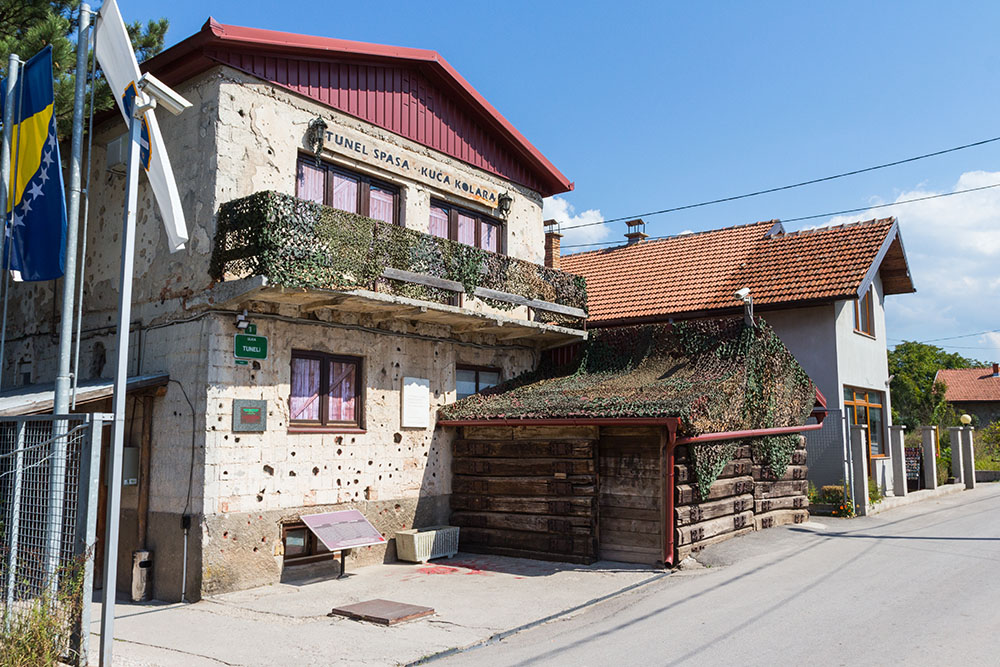
History Museum of Bosnia and Herzegovina:
Located in Sarajevo, the History Museum of Bosnia and Herzegovina offers a comprehensive overview of the country’s history, culture, and society. The museum’s exhibits cover various periods, including prehistoric times, medieval Bosnia, Ottoman rule, Austro-Hungarian administration, and the recent conflicts of the 20th century. Visitors can explore collections of artifacts, documents, and multimedia displays that highlight key events, figures, and cultural developments throughout Bosnia and Herzegovina’s history.
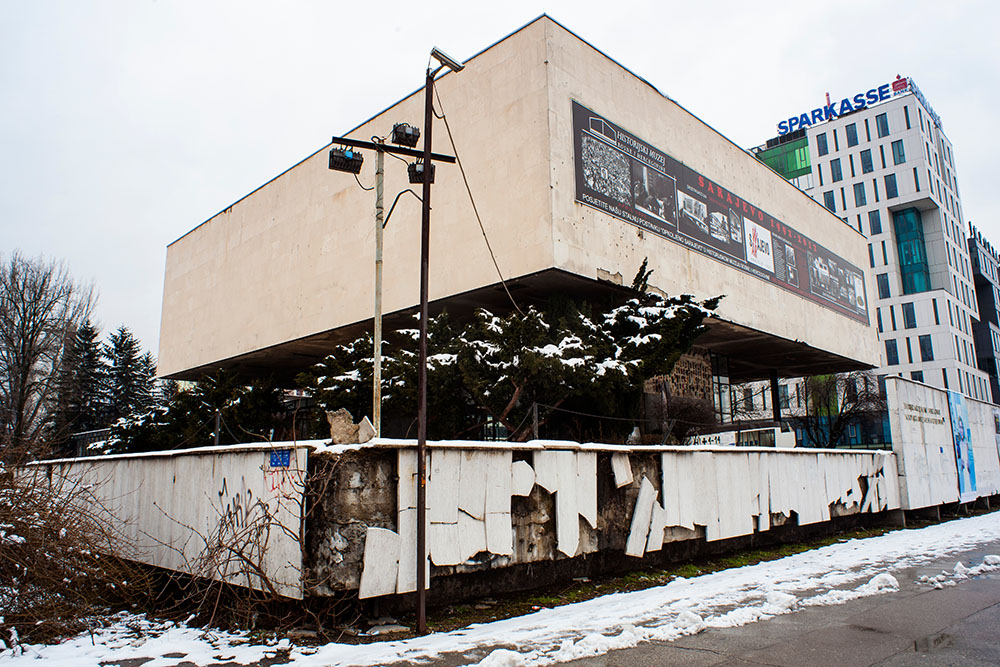
Alija Izetbegović Museum:
Named after the first President of Bosnia and Herzegovina, this museum in Sarajevo is dedicated to Alija Izetbegović’s life and legacy. The museum showcases personal belongings, photographs, and documents related to Izetbegović’s political career, including his role during the Bosnian War and efforts to build and strengthen an independent Bosnia and Herzegovina. The museum offers visitors insights into the recent history of the country and the challenges faced during the post-communist era.
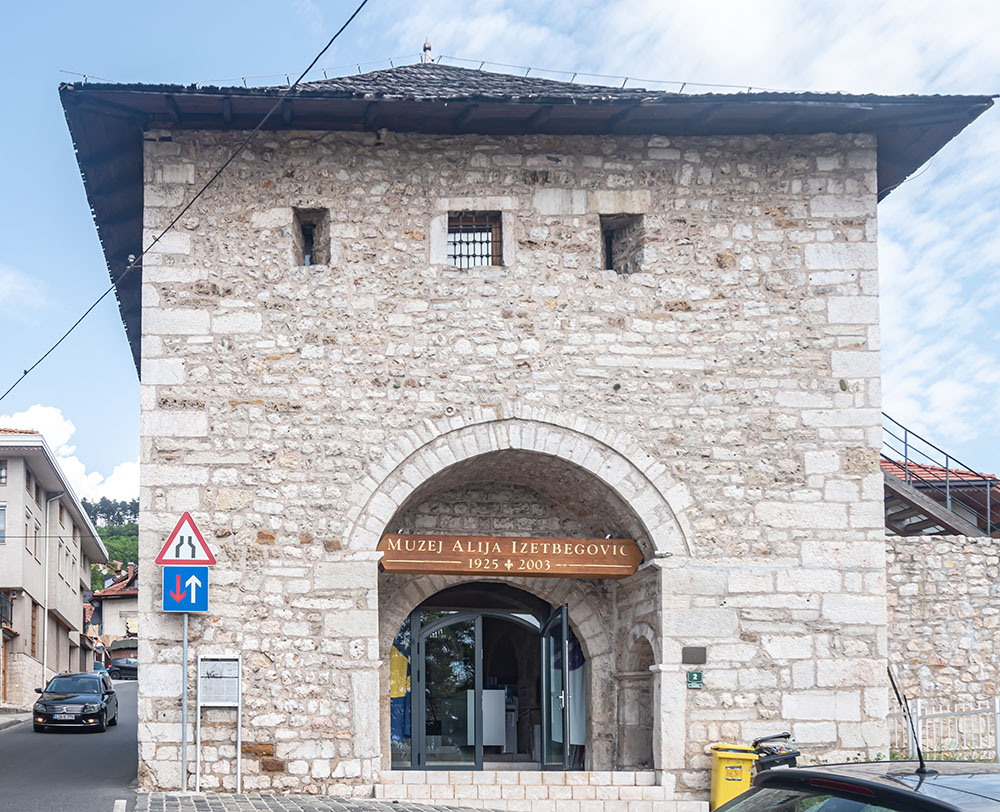
Museum of Herzegovina:
Situated in the city of Mostar, the Museum of Herzegovina focuses on the cultural and historical heritage of the Herzegovina region. The museum’s collections include archaeological findings, ethnographic artifacts, traditional costumes, and religious objects reflecting the diverse heritage of Herzegovina’s communities, including Bosniaks, Croats, and Serbs. Visitors can explore exhibits on traditional crafts, folk customs, and historical events that have shaped the region over the centuries.
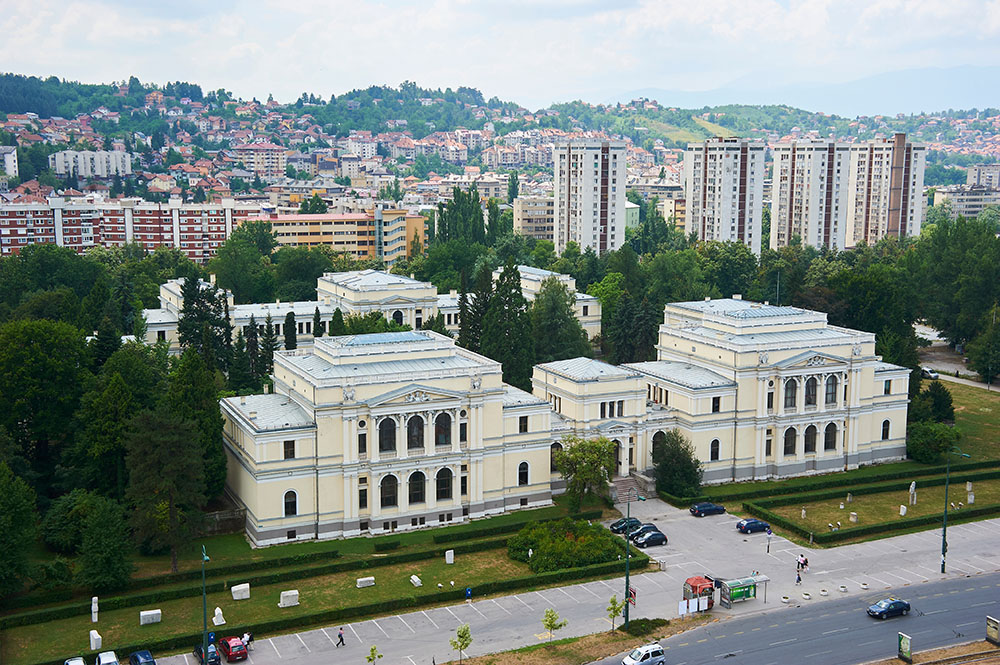
Museum of Literature and Performing Arts of Bosnia and Herzegovina:
Located in Sarajevo, this museum celebrates the country’s literary and performing arts heritage. The museum’s collections include manuscripts, books, photographs, and memorabilia related to Bosnian literature, theater, music, and film. Visitors can learn about prominent Bosnian writers, poets, playwrights, actors, and filmmakers, as well as explore exhibitions on the development of literature and the performing arts in Bosnia and Herzegovina.
